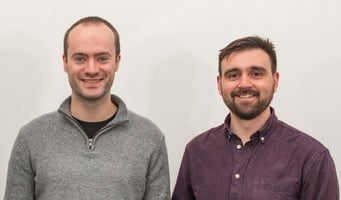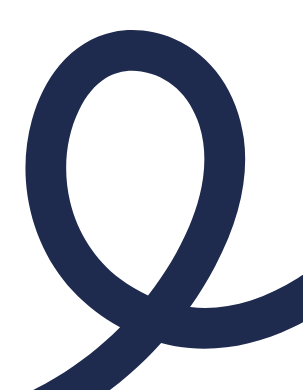Artificial intelligence (AI) and machine learning (ML) have been hot topics in recent years, but...
There’s nothing more frustrating than partnering with an expert network that agrees to support you on a project but halfway through they’re unable to deliver the experts they promised. This leaves you in the stressful position of not having the specialist insights you need and a pressing deadline that’s not going anywhere. We never want to put our customers in this situation, so we’ve developed a feasibility calculator ensuring we never overpromise or underdeliver on our ability to source high-quality specialists.
Leveraging our AI-driven approach to expert identification and powered by data from our knowledge graph and prior expert connections, our internal feasibility calculator accurately predicts if we can deliver expert connections based on a project’s parameters.For example, if a customer developing a treatment for psoriasis (a chronic inflammatory skin disorder) needs to connect with 15 dermatologists in the US for specialist insights on the condition, before taking the project on, we use our feasibility calculator to establish if we can support them.
As shown in the image below, using the calculator we can:
- Specify the number of experts required
- State what countries the specialists need to be based in
- Filter experts based on their area of expertise, affiliation, and/or role.
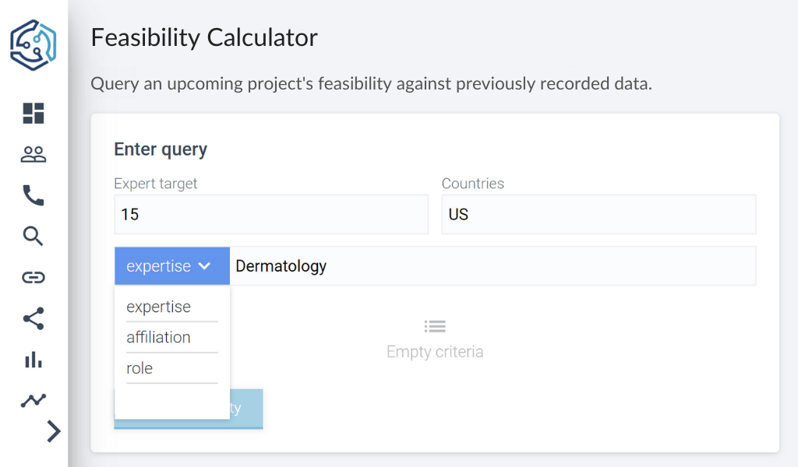
A screenshot of the criteria you can filter a query by on Techspert’s feasibility calculator.
Once we add the project requirements (i.e. geography, expertise, number of experts requested, etc.) to the tool, it produces:
- A percentage result between 0 - 100 indicating our ability to find the experts (the closer the result is to 100, the better)
- A heat map depicting our AI’s strength in identifying the specified experts in that geography (the darker the blue, the better)
- An estimated response timeline from experts which we use to predict how long it should take us to recruit the specialists. This helps us approximate our ability to meet a customer’s deadline.
Continuing with our psoriasis example above we entered this hypothetical project into the calculator and we got the following results:
- A feasibility score of 100%
- The heat map showed we can meet the quota of 15 dermatologists in the US
- An estimated expert response time of all 15 experts within three days, with 11 of them responding within the first day of our outreach to them.
Based on these results, we would support the customer and use our AI search technology to find them US-based dermatologists specializing in psoriasis.
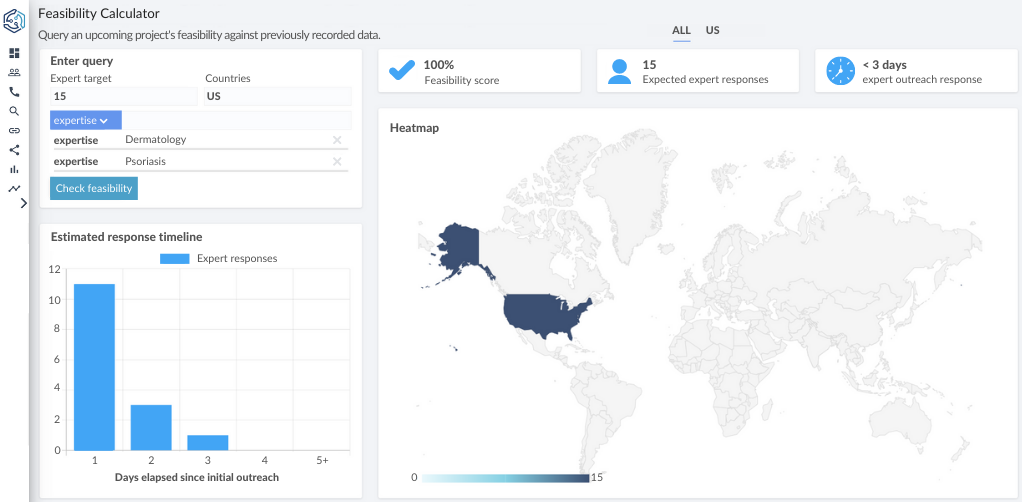
An image showing the feasibility results of a search query for 15 US-based dermatologists specializing in psoriasis.
Sometimes a customer’s requirements will shift during a project, so we use the feasibility calculator to establish if we can continue to support them within the new parameters. Let’s see what results we get if our hypothetical customer above decides that they’d also like to engage with 20 dermatologists experienced in treating psoriasis across Germany, Spain, France, and Italy.
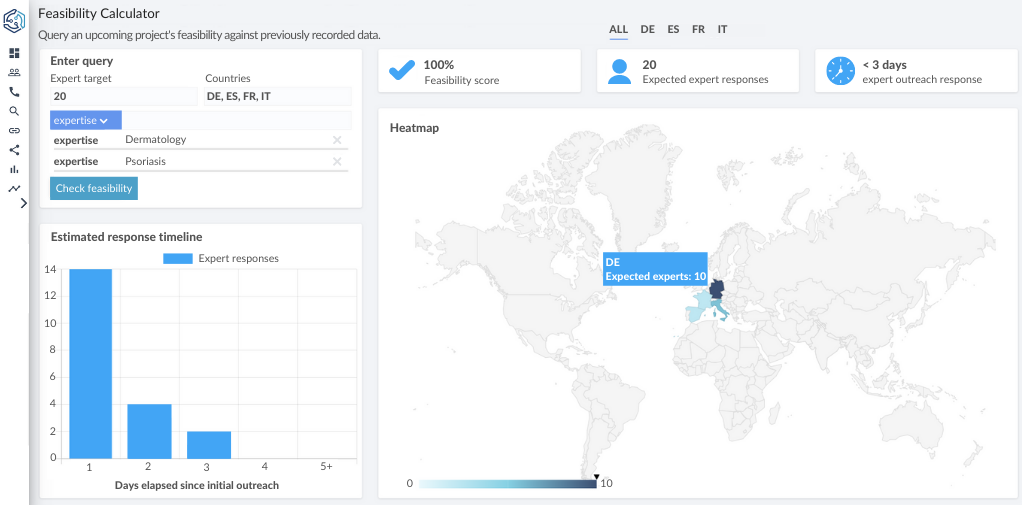
An image showing the feasibility results of a search query for 20 dermatologists specializing in psoriasis, based in Germany, Spain, France and Italy.
Based on the new project requirements, we got an estimated expert response time of all 20 dermatologists within three days, with 14 of them responding within the first day of our outreach to them. We also got a 100% feasibility score as we can find all 20 of the dermatologists. However, as we can see from the heat map, the weighting of experts is stronger in certain countries, with Germany accounting for 50% of the experts (hovering over the country gives the expert breakdown). We would share this information with the customer to give them an honest indication of our capabilities and if they’re happy with the spread of experts across the countries, we’d proceed with sourcing the experts.
We’d also pass these results on to our tech team who’d instruct our AI to search for dermatologists (especially those specializing in psoriasis) in France, Italy, and Spain and add them to our database. This will help ensure that we can deliver a more even country distribution of experts for this type of request in the future. Previous successes in sharing feasibility results with our tech team have allowed us to expand our offering in areas such as US and Europe-based nurses and UK-based GPs (general practitioners).
Now that we have an idea of what the feasibility calculator is, let’s dig into how it works.
We won’t go into too much technical detail, but the calculator uses past project performance and real-time expert searches to predict future project deliverability by employing statistical modeling – the use of statistics to build a representation of the data and then conduct analysis to infer any relationships between variables or discover insights.
By applying statistical models to the data on our past project deliverability and performance, we’re able to understand and interpret the information more strategically. Instead of having to wade through the raw data, statistical modeling enables our tech team to identify relationships between variables, make predictions about future sets of data, and visualize that data so that our project team can consume, leverage, and share it with our customers.
Since we’ve covered how the feasibility calculator works, let’s round things off by looking at its benefits.
This tool is a transformative application of data science in the expert network space. Traditionally, responses to customer expert requests are done manually and feasibility for potential projects is based on intuition. However, when the success of a customer’s project relies on your ability to deliver, human intuition isn’t enough, no matter how many years of experience someone has. Our feasibility prediction tool, in the quickest time possible, quantifies how many suitable and interested experts we should expect to solicit for a project within a given time frame, ensuring we never overpromise or underdeliver. This results in us achieving our ultimate goal, happy customers!
Tired of being let down by expert networks that overpromise and underdeliver? We can help!





